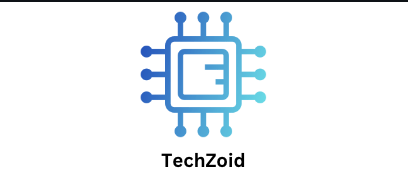AI Digital Takeoff Software: What Is It?
A specific kind of construction management technology called AI digital takeoff software makes use of artificial intelligence (AI) to improve and automate the quantity takeoff process. The computations that establish how much labor, materials, and other resources are needed to finish a building project are known as quantity takeoffs. In the past, this procedure required manually measuring architectural drawings and blueprints, which was labor-intensive and subject to human error.
AI digital takeoff software automates this operation. The program can precisely measure areas, volumes, amounts, and measurements by scanning digital blueprints, CAD drawings, or PDF layouts. The program can identify patterns, symbols, and notes on construction papers by utilizing AI algorithms, producing accurate estimations in a quarter of the time required with traditional techniques. In addition to speeding up project planning, this increases precision and lowers expensive errors.
Important Characteristics of AI Digital Takeoff Software
AI digital takeoff software is a useful tool in the building sector since it has a number of cutting-edge characteristics.
Automated Measurement: Without human input, AI algorithms may determine measures by automatically identifying walls, doors, windows, and other architectural components in digital designs.
Material Estimation: Based on project parameters, the program may calculate the precise quantity of materials, such as concrete, steel, wood, and finishes, required.
Integration with Project Management Tools: A lot of AI takeoff platforms include smooth integrations with construction management software, which makes budgeting, scheduling, and project planning easier.
mistake Reduction: The program reduces human mistake by automating computations, guaranteeing more precise estimations and assisting in the prevention of material excesses or shortages.
Cloud-Based Collaboration: AI digital takeoff systems frequently provide cloud-based solutions that enable real-time collaboration between architects, engineers, and contractors, enhancing communication and project management.
AI Digital Takeoff Software Advantages
There are several benefits for building projects when AI digital takeoff software is used:
Time Efficiency: By drastically cutting down on the amount of time needed for material estimate, automated takeoffs free up teams to concentrate on planning and execution rather than laborious computations.
Cost savings: By preventing excess or underordering of supplies, accurate calculations assist to minimize waste and save project costs.
Improved Accuracy: AI algorithms reduce the possibility of expensive mistakes that might result from manual measurements by providing accurate computations based on the most recent digital designs.
Better Collaboration: Teams may share project data in real time thanks to cloud-based platforms, which improves coordination and guarantees that everyone has access to the most recent information.
Scalability: AI digital takeoff software can effectively manage projects of various complexity and size, whether they are small-scale home projects or large-scale commercial ventures.
Applications in the Real World
AI digital takeoff software is utilized in many engineering and construction fields. It is used by contractors to estimate quantities for projects in the commercial, industrial, and residential sectors. Project managers gain from precise resource planning and scheduling, while architects utilize it to swiftly confirm design parameters. The program also helps with bid preparation, guaranteeing that estimates are reasonable and competitive, which may be a crucial advantage in contract wins.
Obstacles and Things to Think About
There are a few things to bear in mind even if AI digital takeoff software has several advantages. For smaller businesses, software license fees and initial setup costs may add quickly. High-quality digital plans are also necessary for reliable outcomes; mistakes might arise from inadequate drawings or scans of low quality. To take full advantage of the software’s capabilities, staff members must be trained in its use. Notwithstanding these difficulties, the long-term advantages frequently exceed the original outlay.
Conclusion
By automating and streamlining the estimating process, AI digital takeoff software is revolutionizing the construction sector. These artificial intelligence-powered technologies decrease human error, save time, save expenses, and enhance stakeholder engagement on projects. AI takeoff software is turning into a vital tool for precise project planning and effective resource management as the construction industry continues to embrace digital change. Adopting this technology is a calculated step toward more intelligent, accurate, and economical building methods for architects, contractors, and project managers.
